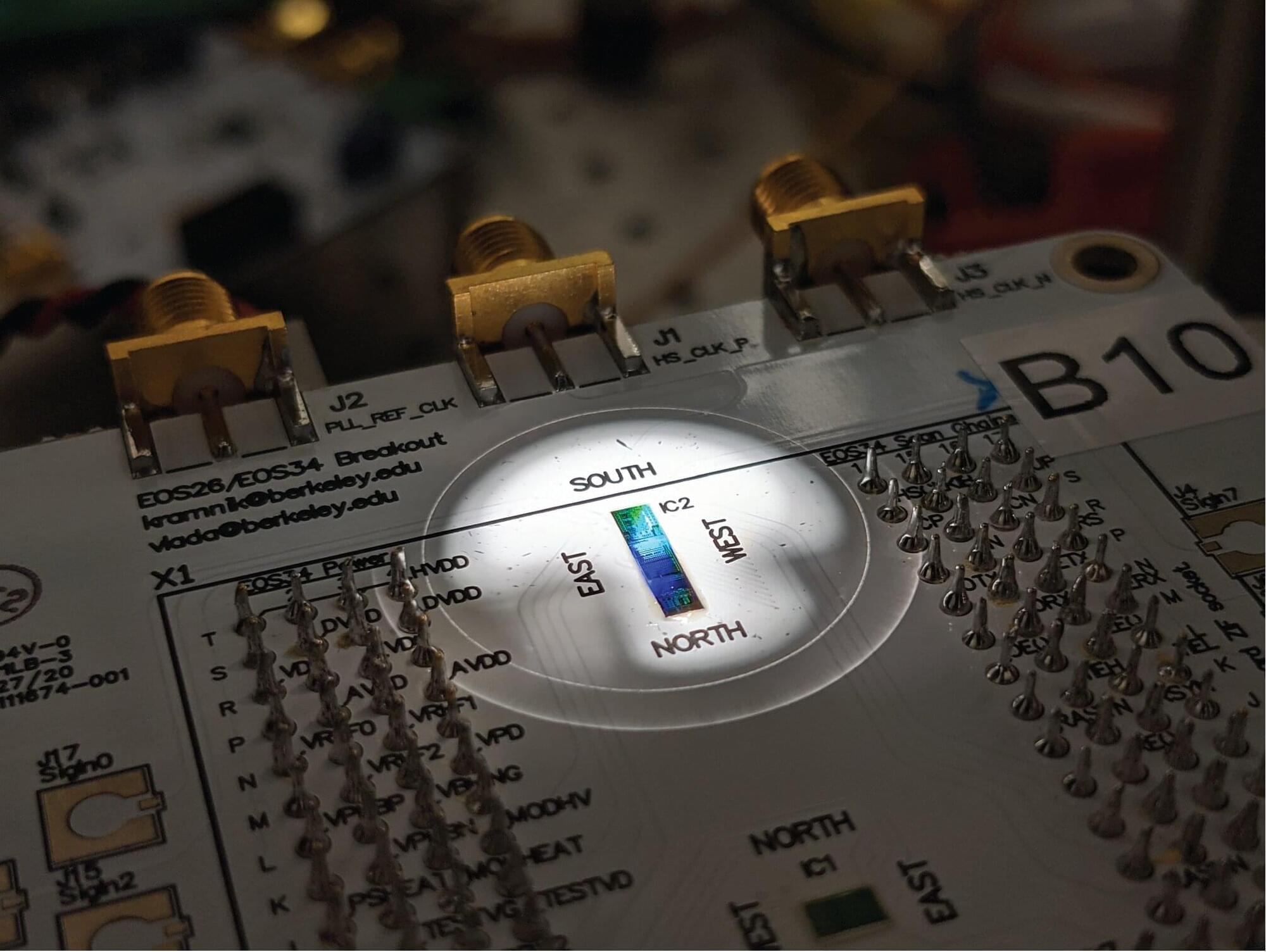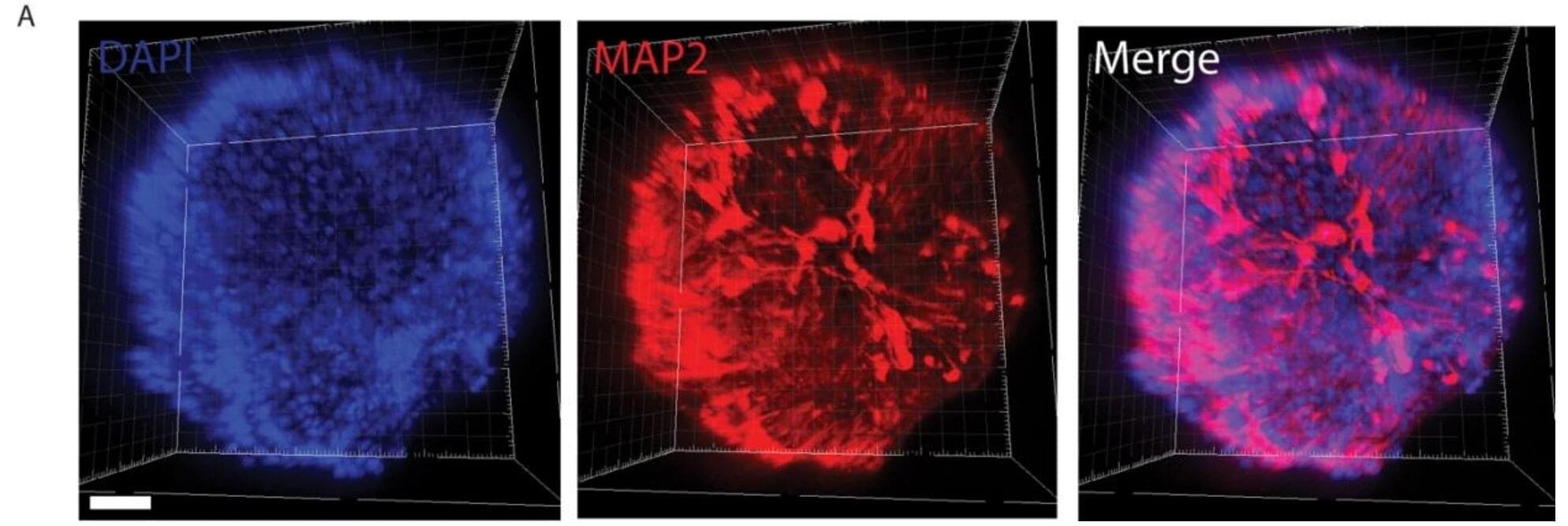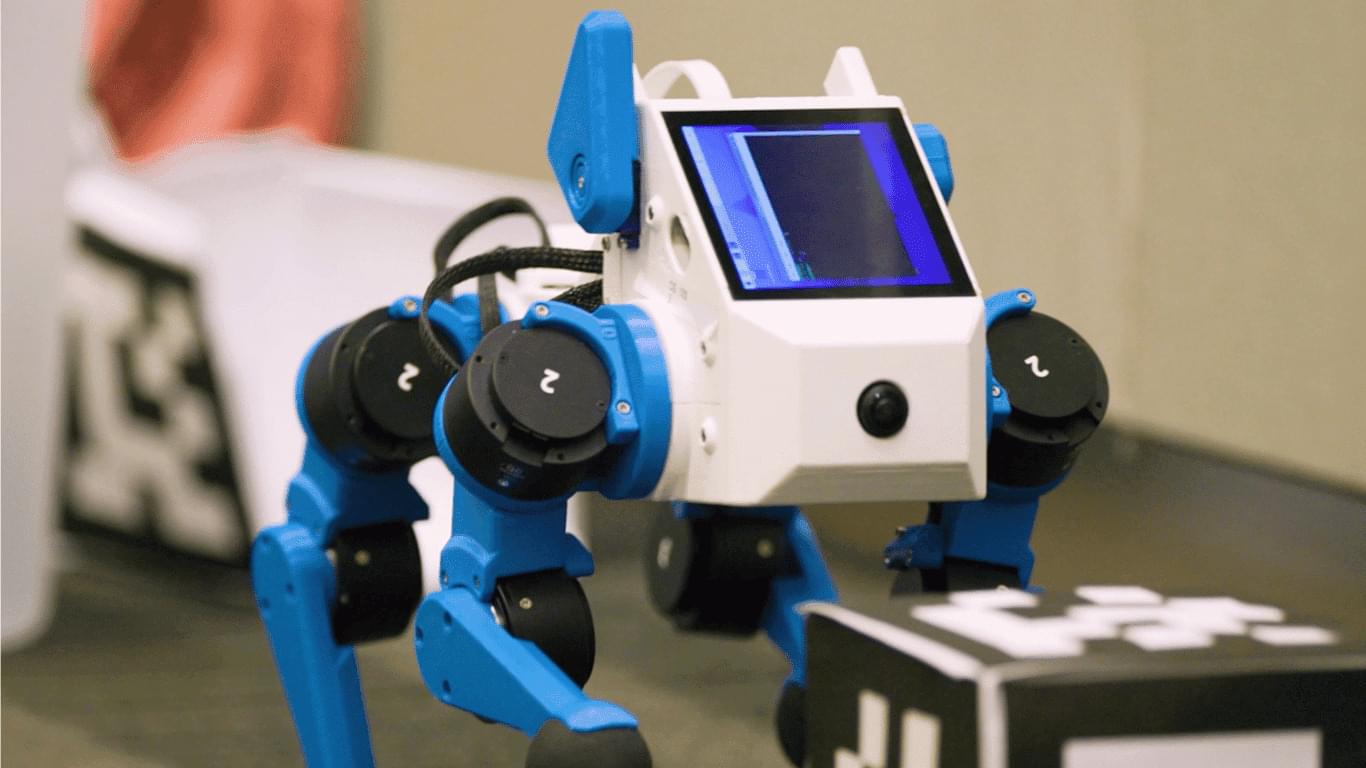Scientists have reimagined the meaning of a “light meal,” creating microlasers that use natural products to emit illuminated beams through food. And they’re completely edible. These mini lights, the first demonstration of laser emission from an entirely edible system, could be harnessed for everything from environmental sensors to food safety trackers and bio-barcodes.
Scientists from Slovenia’s Jožef Stefan Institute have successfully created “edible microlasers,” which are exactly what they sound like – tiny optical devices, smaller than a grain of sand, that emit a beam of coherent light like normal lasers. And they’re made out of biocompatible and digestible materials like gelatin, sugar and dyes, including additives already approved by the Food and Drug Administration (FDA), meaning they’re perfectly safe to ingest.
Why, you may ask? Because they’re tiny and safe to eat, with fluorescent compounds such as chlorophyll (from olive oil) and riboflavin (vitamin B2), they could be widely applicable for use in food safety to track supply chain data, detect temperature changes and spoilage, prevent counterfeit goods or even act as QR or bar codes.








